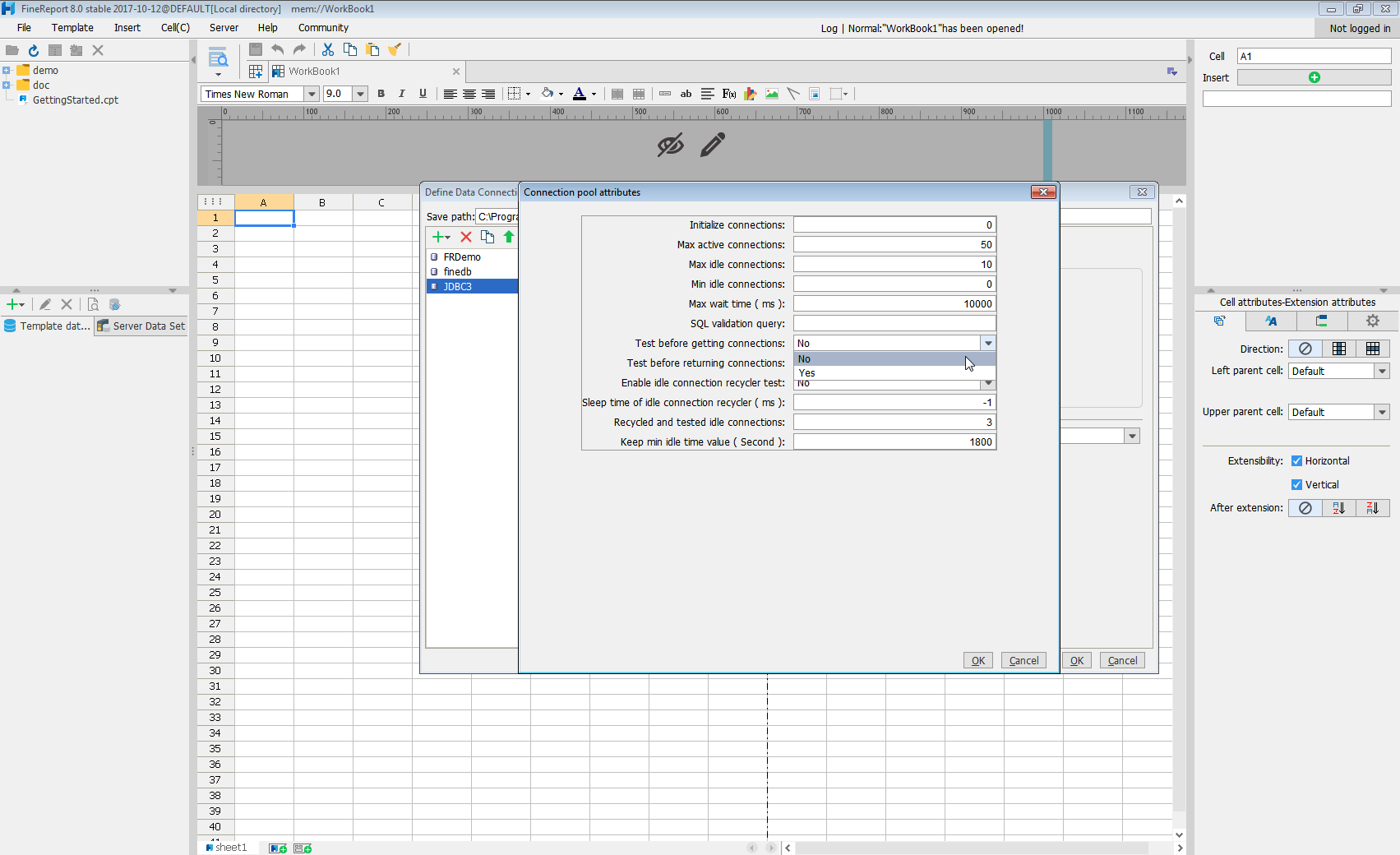Discover how a bimodal integration strategy can address the major data management challenges facing your organization today.
Get the Report →Feed Jira Data into FineReport
How to set Jira data as a JDBC data source in FineReport.
The CData JDBC Driver for Jira fully implements the JDBC standard and can provide Jira data connectivity to a wide variety of BI, reporting, and ETL tools and custom applications. In this article, we explain how to set Jira data as JDBC data source in FineReport and view Jira data as a table in the Report Designer.
About Jira Data Integration
CData simplifies access and integration of live Jira data. Our customers leverage CData connectivity to:
- Gain bi-directional access to their Jira objects like issues, projects, and workflows.
- Use SQL stored procedures to perform functional actions like changing issues status, creating custom fields, download or uploading an attachment, modifying or retrieving time tracking settings, and more.
- Authenticate securely using a variety of methods, including username and password, OAuth, personal access token, API token, Crowd or OKTA SSO, LDAP, and more.
Most users leverage CData solutions to integrate Jira data with their database or data warehouse, whether that's using CData Sync directly or relying on CData's compatibility with platforms like SSIS or Azure Data Factory. Others are looking to get analytics and reporting on live Jira data from preferred analytics tools like Tableau and Power BI.
Learn more about how customers are seamlessly connecting to their Jira data to solve business problems from our blog: Drivers in Focus: Collaboration Tools.
Getting Started
Set Up a JDBC Data Source of Jira Data
Follow the instruction below to set Jira data as a FineReport database connection.
- Copy the cdata.jdbc.jira.jar file from the lib folder in the CData JDBC Driver for Jira installation directory to the lib folder of the FineReport installation directory. You will need to copy the cdata.jdbc.jira.lic file as well.
- From the Server tab, select Define Data Connection, click to add a new connection, and click JDBC.

Next we will set up the data connection definition in the window.
- Database: Others
- JDBC Driver: cdata.jdbc.jira.JIRADriver
-
URL: A standard JDBC connection string using semicolon-separated connection properties.
To connect to JIRA, provide the User and Password. Additionally, provide the Url; for example, https://yoursitename.atlassian.net.
Built-in Connection String Designer
For assistance in constructing the JDBC URL, use the connection string designer built into the Jira JDBC Driver. Either double-click the JAR file or execute the jar file from the command-line.
java -jar cdata.jdbc.jira.jarFill in the connection properties and copy the connection string to the clipboard.
![Using the built-in connection string designer to generate a JDBC URL (Salesforce is shown.)]()
When you configure the JDBC URL, you may also want to set the Max Rows connection property. This will limit the number of rows returned, which is especially helpful for improving performance when designing reports and visualizations.
A typical JDBC URL is below:
jdbc:jira:User=admin;Password=123abc;Url=https://yoursitename.atlassian.net; - Click Connection pool attributes and set Test before getting connections to No.


Click Test connection to ensure you have configured the connection properly. With the connection to Jira set up, you can use it as FineReport data source.
Select Jira Data in the Report Designer.
- Click to add a new template data set and select DB query to open the database query window.
- Choose the JDBC connection that you created from the dropdown list.
- The Jira entities will appear as tables on the left pane.
- Write a SELECT statement for the Jira data tables and columns that you want to load.
- Click preview and data is shown as table.



With these simple steps, Jira can be used as a JDBC data source in FineReport.






